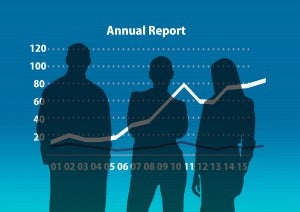 New findings by NASA scientists attributing a giant, invisible cloud of methane – nearly 5 times the size of Mexico City – over the southwestern U.S. to the region’s sprawling web of oil and gas facilities raise important new concerns not just on this side of the border, but for Mexico as well.
New findings by NASA scientists attributing a giant, invisible cloud of methane – nearly 5 times the size of Mexico City – over the southwestern U.S. to the region’s sprawling web of oil and gas facilities raise important new concerns not just on this side of the border, but for Mexico as well.
Methane is an extremely potent greenhouse gas, with more than 80 times the warming power of carbon dioxide over a 20-year timeframe. Scientists estimate that methane contributes to about 25 percent of today’s warming. Cleaning up methane also reduces other pollutants: both ozone precursors that affect air quality and air toxics that erode human health.
The recent NASA paper linking the methane cloud to production, processing and distribution of oil and natural gas also notes that just a small portion of these sites, about 10%, were responsible for more than half the emissions. This is just the most recent example of a long list of scientific studies that have found that subset of sites or facilities disproportionately account for the majority of emissions. Scientists have called this subset of sites super-emitters. Read More










 Each year since 1981, the United Nations (UN) recognizes an
Each year since 1981, the United Nations (UN) recognizes an  By: Luis Gutierrez, Senior Associate, Leadership for Urban Renewal Network (LURN) and
By: Luis Gutierrez, Senior Associate, Leadership for Urban Renewal Network (LURN) and  This morning, the House Committee on Science, Space, and Technology Subcommittee on the Environment will hold a hearing on the EPA’s methane emissions regulations, during which I will offer some insights into how and why the oil and gas industry should reduce methane emissions.
This morning, the House Committee on Science, Space, and Technology Subcommittee on the Environment will hold a hearing on the EPA’s methane emissions regulations, during which I will offer some insights into how and why the oil and gas industry should reduce methane emissions. In 2008, EDF launched
In 2008, EDF launched